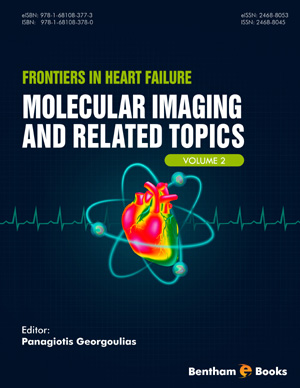Abstract
Positron emission tomography has become an increasingly alternative method for clinical application in patients with coronary artery disease. Although, various myocardial perfusion PET tracers are available, the most commonly used in clinical setting are Rubidium-82 (82Rb) and nitrogen-13-ammonia (13Ν-ammonia). 82Rb is a cation and an analog of potassium with kinetic properties similar to those of Thallium-201. It combines the advantages of a short 75 seconds physical half-life and its independency of an onsite cyclotron through the availability of a relative small onsite Strontium-82 / 82Rb generator. Although it is not the ideal tracer for absolute quantification (first–pass extraction of 65%), it has been used extensively for this purpose showing valuable data in the clinical setting. 13Ν-ammonia is a cyclotron product with physical half-life of 9.96 minutes. Due to the combination of the high first-pass myocardial extraction fraction (80%) and the relatively long physical half-life of the radiotracer, high-contrast resolution myocardial perfusion images can be obtained. Oxygen -15-water (15O-water) is used in research studies, mainly for precise measuring of myocardial blood flow. 18F-Fluripiridaz is a new promising tracer with excellent biological and imaging characteristics, including longer half-life, availability in unit doses from regional cyclotrons, low positron range, and high myocardial extraction. It is now in advanced clinical evaluation with encouraging results. Due to the short half-life of the radiotracers a PET rest-stress study is obtained in a shorter time than a single photon emission computed tomography study, while PET myocardial perfusion imaging provides higher diagnostic accuracy, using lower radiation doses compared to single photon emission tomography.
Keywords: 13Ν-ammonia, 15O-water, 18F-FBnTP, 18F-Fluripiridaz, 18FFluorodihydrorotenone, 18F-FTPP, Coronary artery disease, Myocardial blood flow, Myocardial perfusion imaging, Positron emission tomography, Rubidium- 82.






















